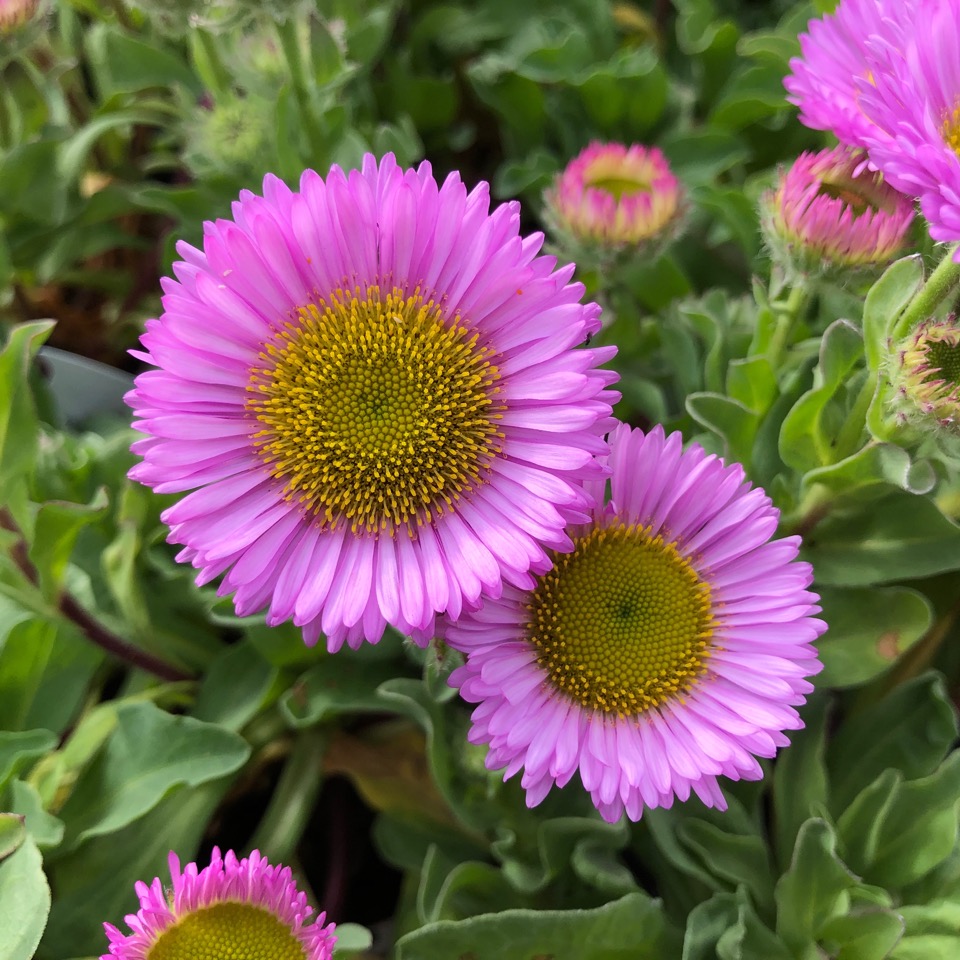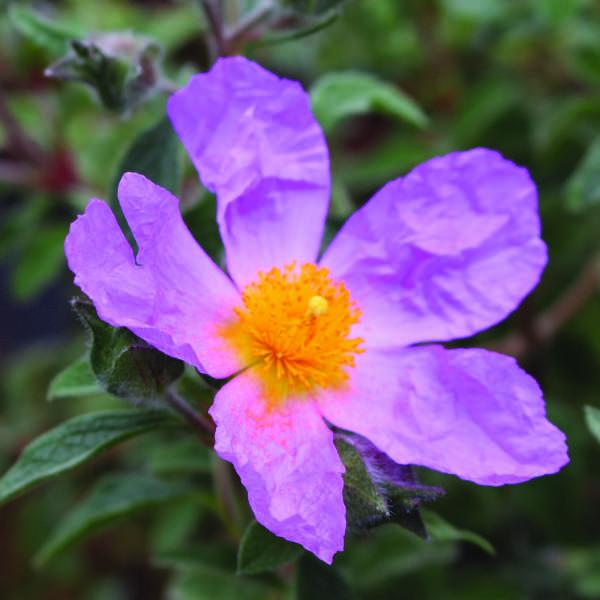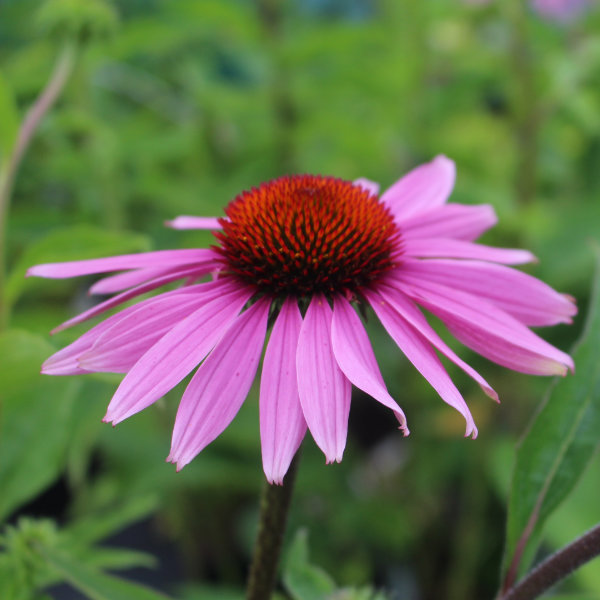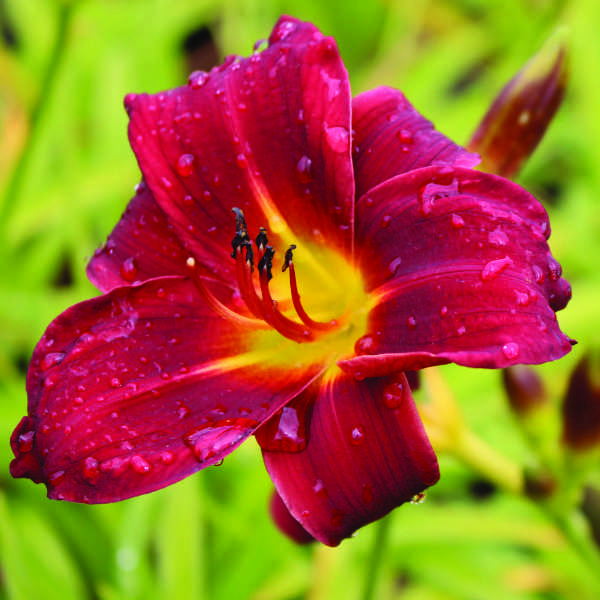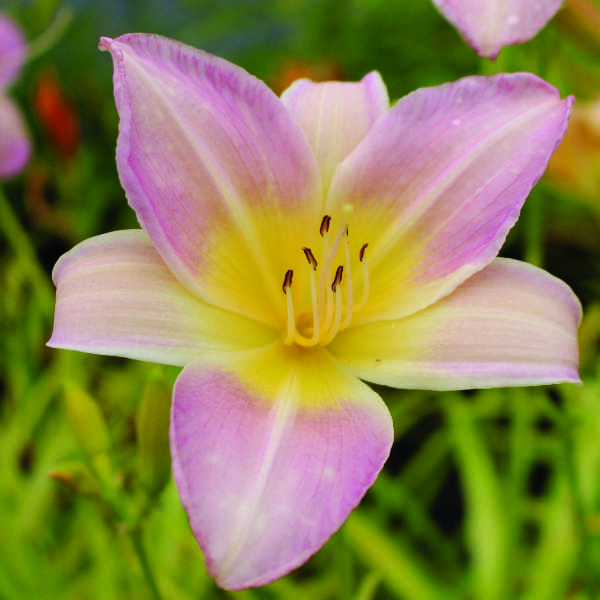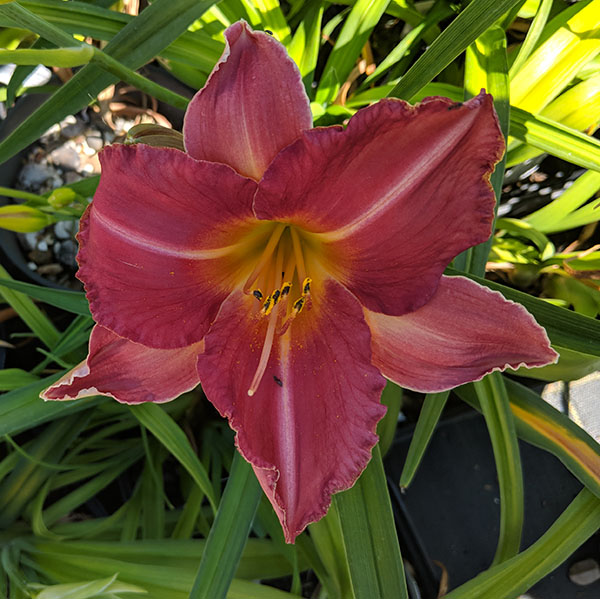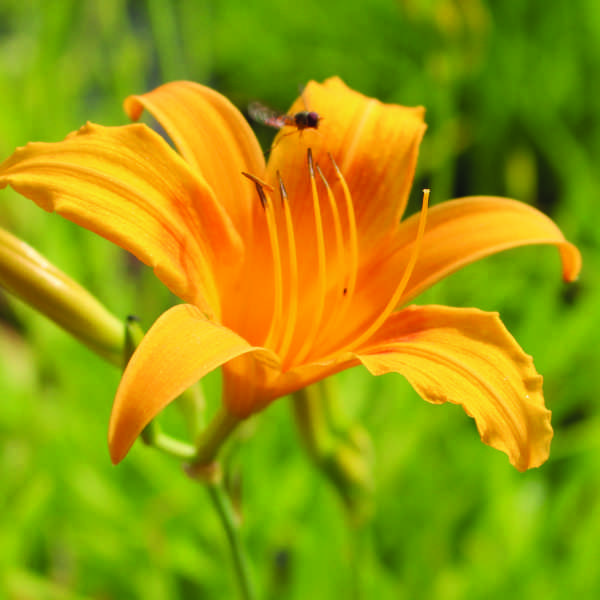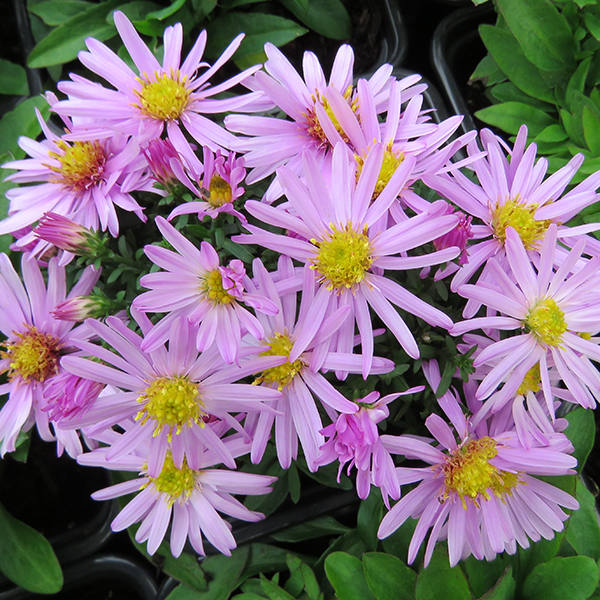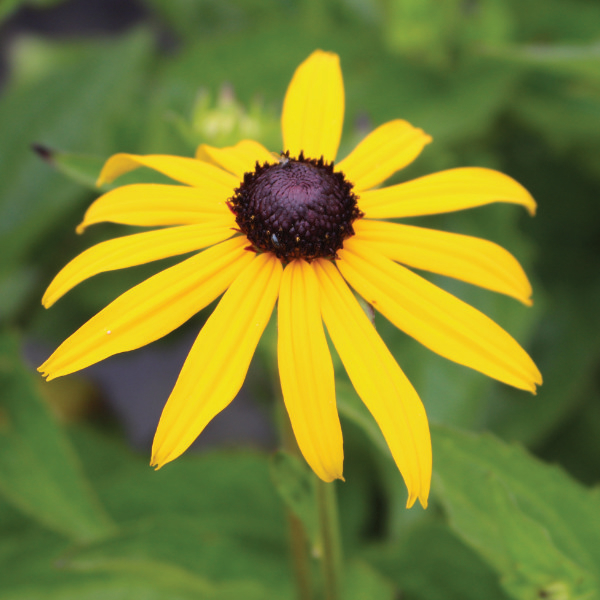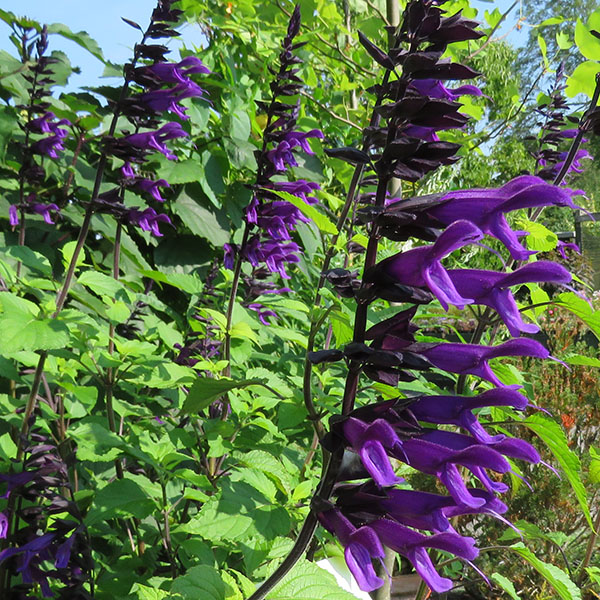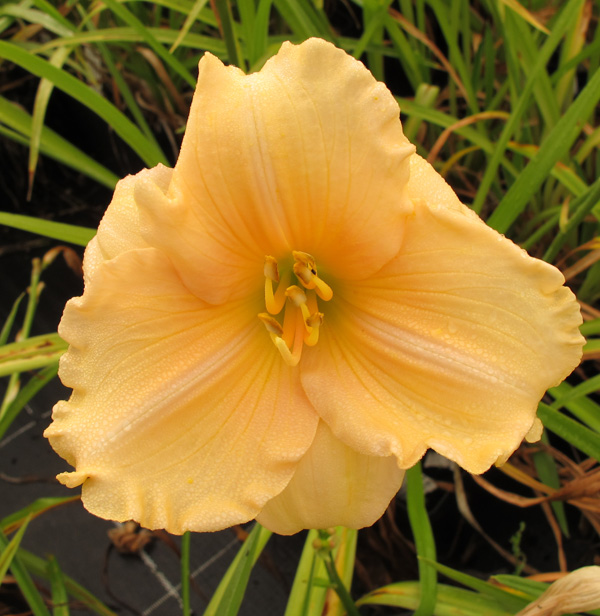
July Garden Jobs 2024
July is a month of lazy afternoons in the sunshine pottering around the garden keeping things tip top for maximum enjoyment. Days of deadheading, feeding, weeding and watering always pay dividends when you can put your feet up and take in the beauty around you. Take some time to really enjoy your garden space. It has never been more important . . . .
1. It's our OPEN WEEKEND in just a few days on 6th and 7th, so don't miss a fabulous day out, come and join us celebrate our passion for plants . . .
2. Prune summering-flowering shrubs such as Kolkwitzia, Philadelphus, Weigela and Deutzia once the flowers have faded. Cut back all flowering shoots to strong buds, remove any old growth that no longer flowers and feed well after pruning. This will all encourage strong new growth for even better flowers next year.
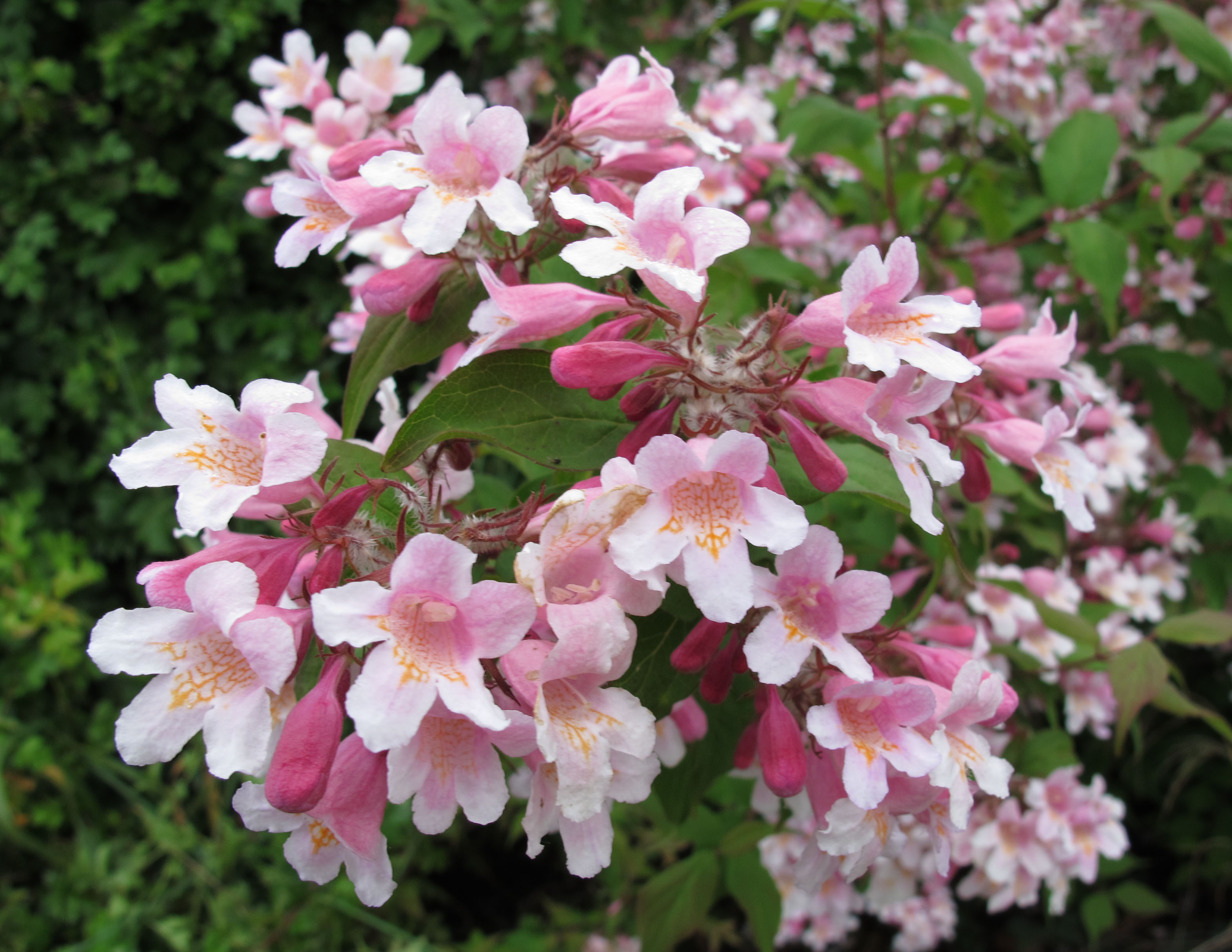
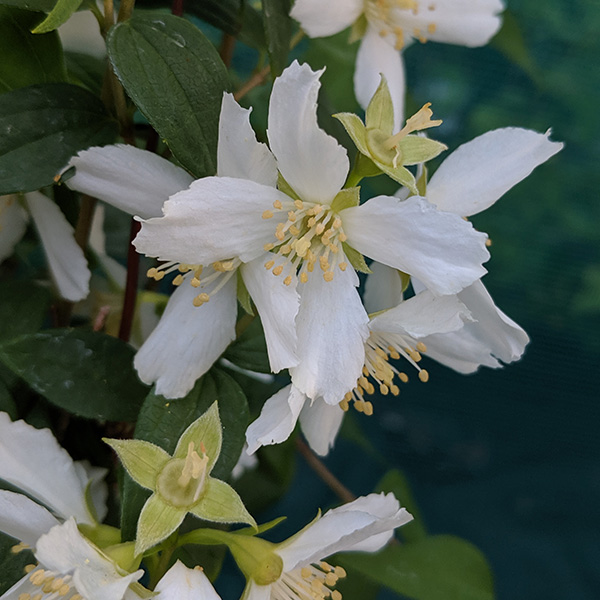

3. Want to attract more bees and butterflies? Not only are they lovely to see in the garden, but they play a vital role in pollinating flowers and enabling crops to set their fruit. View our plant guide for Bees and Butterflies and try adding some of the listed nectar rich plants.
4. Deadhead Roses, except those varieties with showy hips. If you're looking for a new specimen, then don't miss out before we sell out, browse our 2021 collection today.
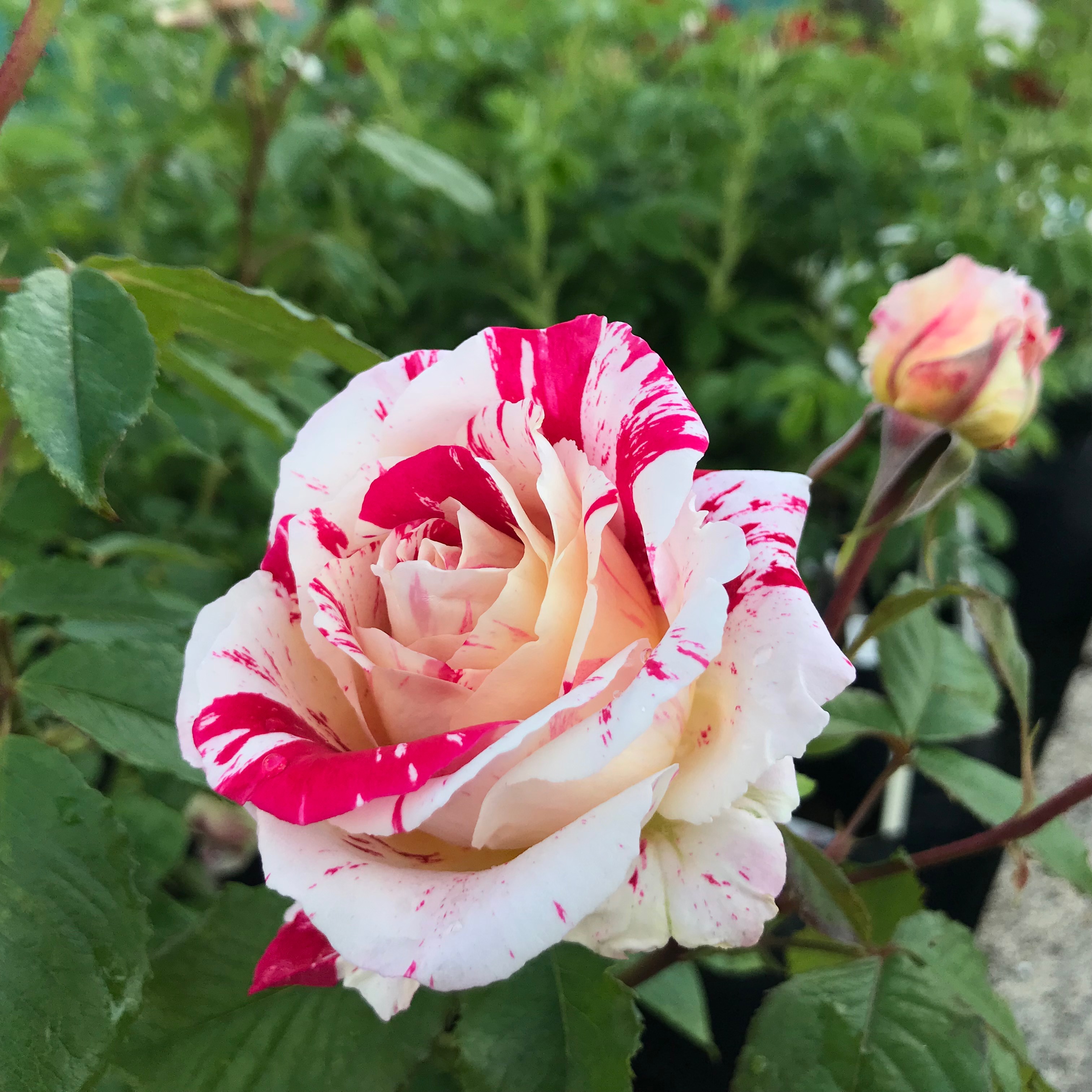
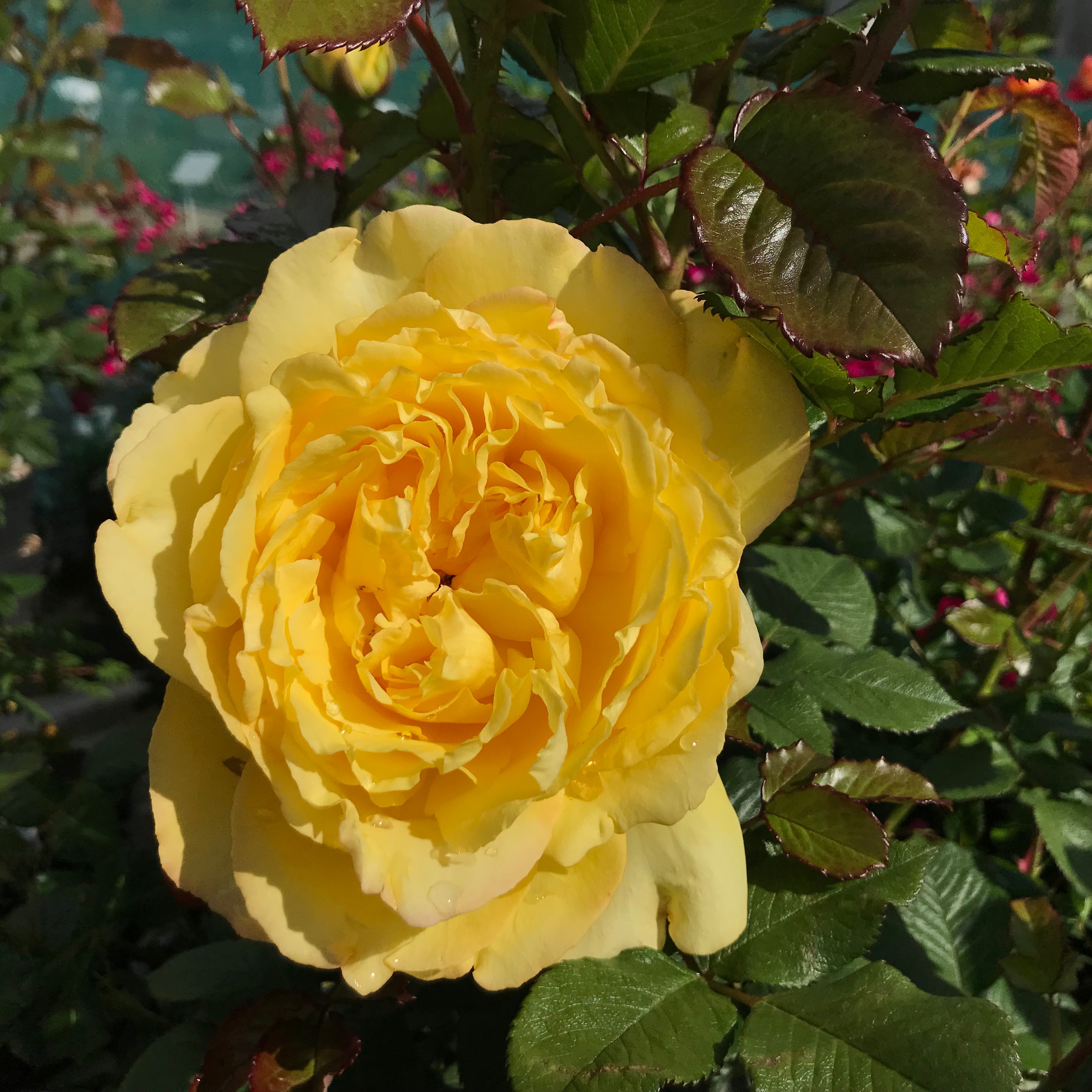

5. Fed up with watering? Think about planting a border with drought-tolerant plants for next year. They will need watering for a good few months initially, but will cope with dryer, hotter summers once their roots are nicely established.
6. Add a 'pop' of vibrant colour into your borders with some Hemerocallis (Dayliles). With reds, yellows, oranges and pinks, they stand tall on strong stems and make quite a statement. The petals make a tasty and colourful addition to salads too!
7. Now is a great time to divide your bearded irises selecting young portions of rhizomes with a fan of leaves, trimming back and replanting.
8. Looking for a new treat? Why not plant up some summer containers? How about Lilies with their spectacular blooms and delicious scent, perennial salvias for their pop of colour and aromatic foliage or penstemon for their pretty long flowering spires.
9. Cut back Lupins, Delphiniums and hardy Geraniums after flowering to encourage a second flush of flowers.
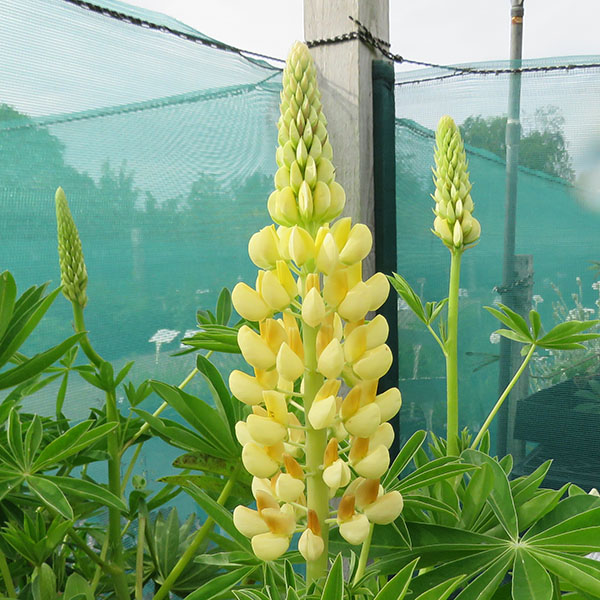
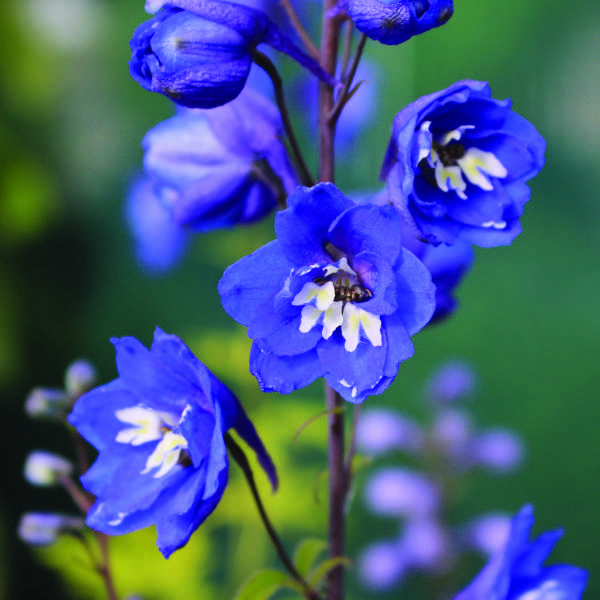
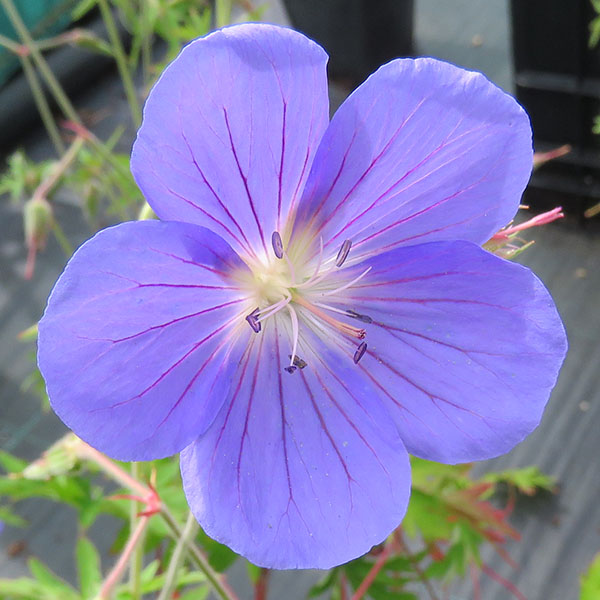
10. Prevent powdery mildew in dry spells by keeping plants moist at the base. Applying a mulch can help retain moisture in the soil. Plants that suffer the most include Clematis, Asters, Honeysuckle, Phlox and Monarda.
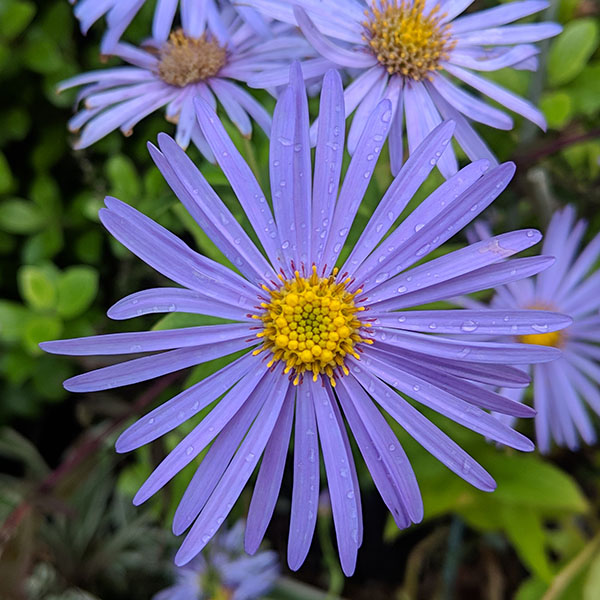

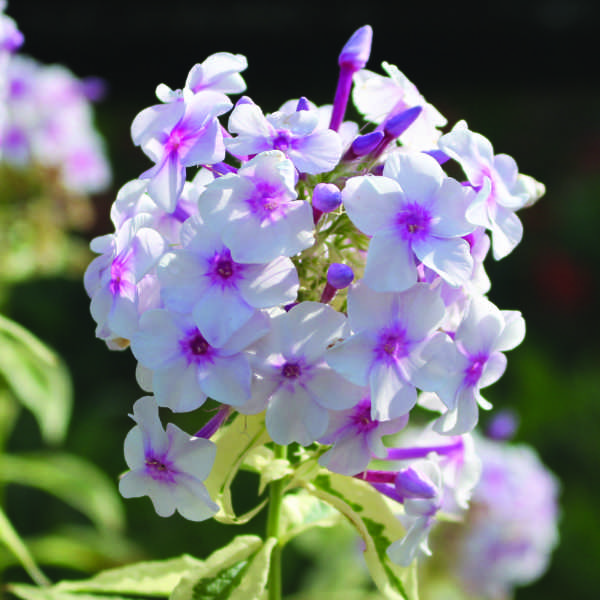
11. Keep your feathery friends happy by regularly topping up birdbaths and keeping them clean.
12. Citrus plants can now be moved outside into a sunny, sheltered spot. Water regularly and apply summer feed for healthy foliage and juicy fruits.
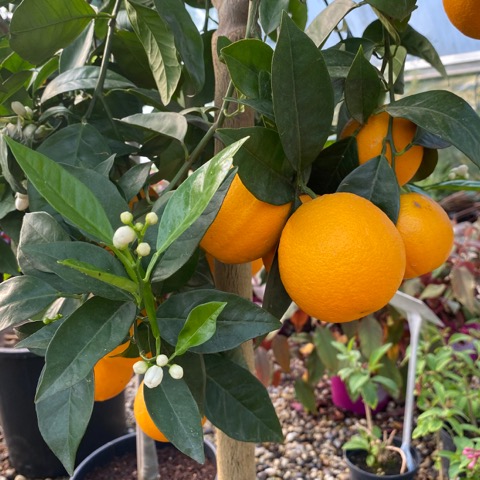
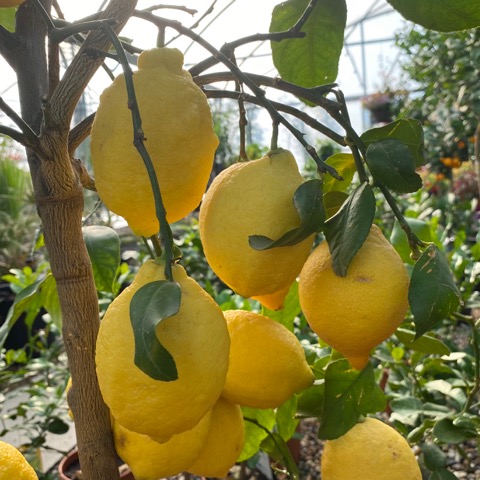
13. Keep your garden full of interest throughout the seasons by adding in some late flowering herbaceous perennials, such as Aster, Helenium, Rudbeckia and Salvia and grasses for great colour and effects towards the end of the year.
14. Cut back any remaining spring flowering bulbs as they die back and pop in some colourful summer bedding into any gaps.
15. Watch out for Rosemary Beetles on your lavender flowers, as they reduce vigour and leave the plants looking unhappy. The best method is picking them off by hand.
16. Keep your clematis and roses growing exactly where you want them by regularly tying in new shoots. Don't forget to feed them every 2 weeks to keep them happy and healthy.
17. Protect existing Dahlias from earwig attacks. Try inserting bamboo canes nearby with an upturned pot filled with straw on the top. Empty any earwigs in the morning and save your precious flowers from being munched! We have some dazzling varieties this year, so have a browse and maybe add one or two to your collection!
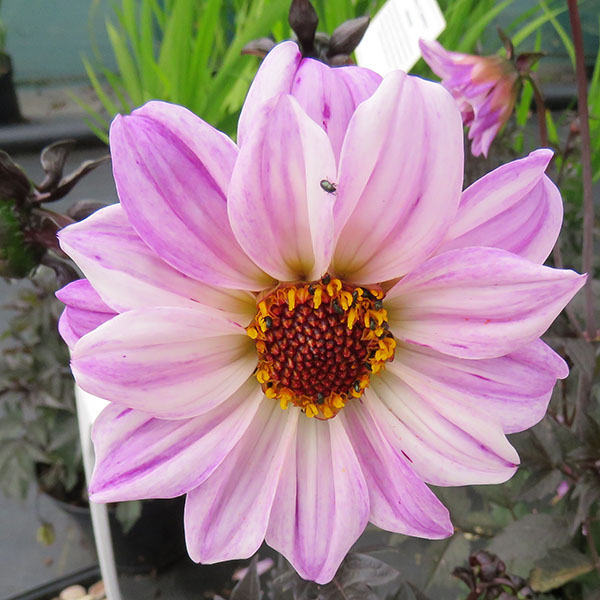
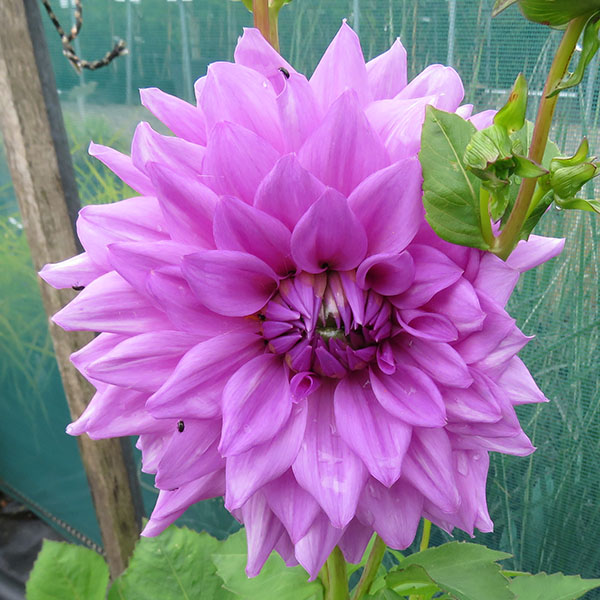
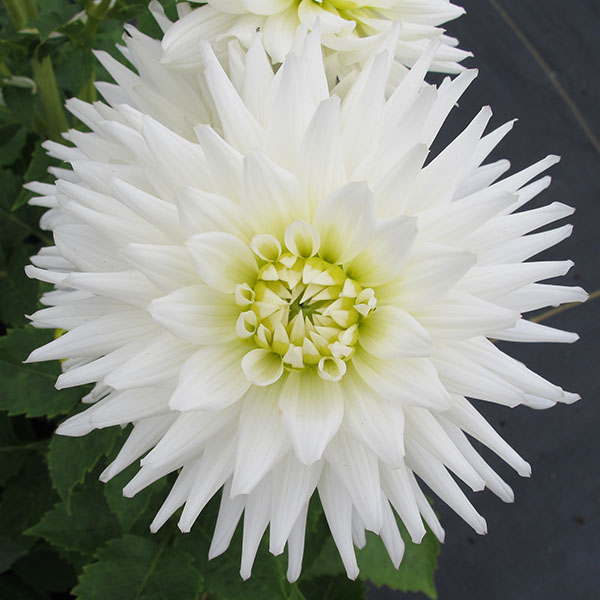

18. Be kind to the environment and beat pests the natural way. Leave beer traps for slugs and snails or use PlantsGrow Organic products. Nematodes are also a great option for battling against a variety of pests. These can be watered on and are not harmful to wildlife.
19. Take semi-ripe cuttings of lavender, thyme and rosemary from healthy new growth. Cut with sharp secateurs and put into a bag to avoid drying out. Cut below a leaf node and remove lowest leaves and tips. Dip into rooting powder and insert into pots of cutting compost. Water and place in a greenhouse away from direct sunlight.
20. Thin out fruit trees to ensure better quality harvests.
21. Prune Wisteria, trimming back whippy green shoots to 5 or 6 leaves. This will encourage flower buds to form for next year.
22. Keep tomatoes moist to prevent splitting and blossom end rot. Regular watering is key.
23. Make sure newly planted trees and shrubs are watered well every week to 10 days during hot and windy spells. This will ensure that their roots establish well.
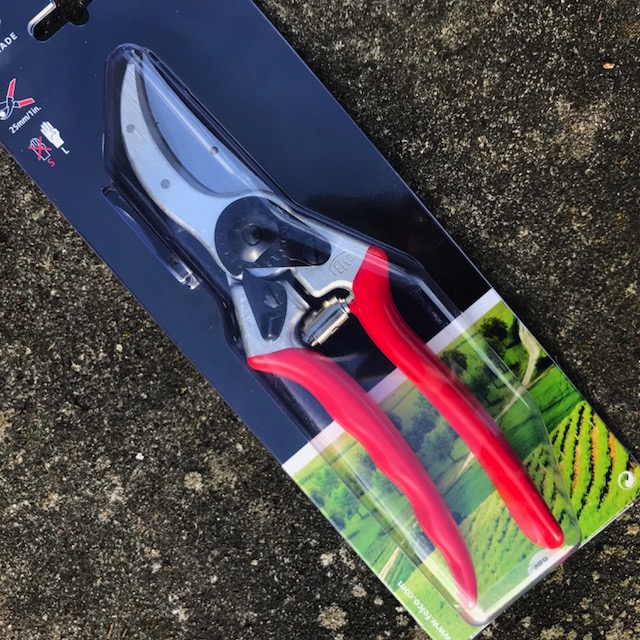
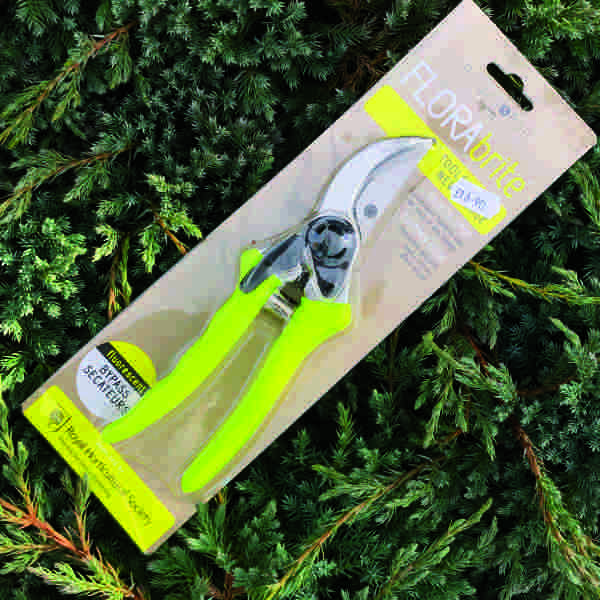
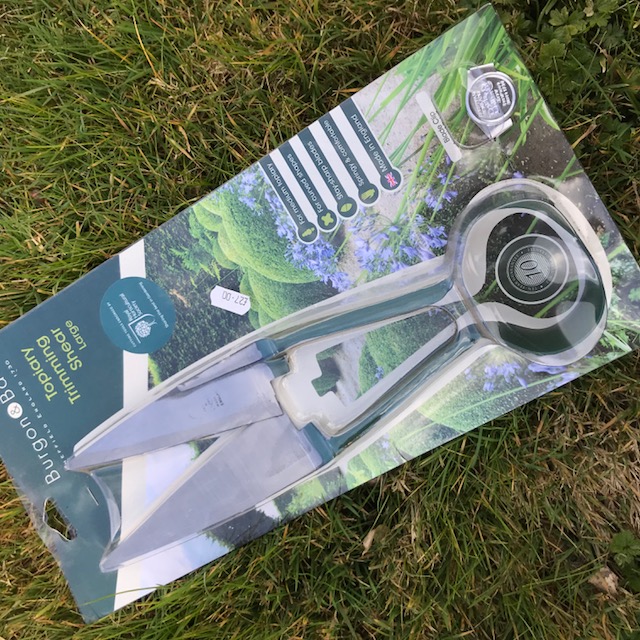
25. Give yourself a break and some relaxation time in the garden. It has never been more important to immerse yourself in nature for good mental and physical health.

